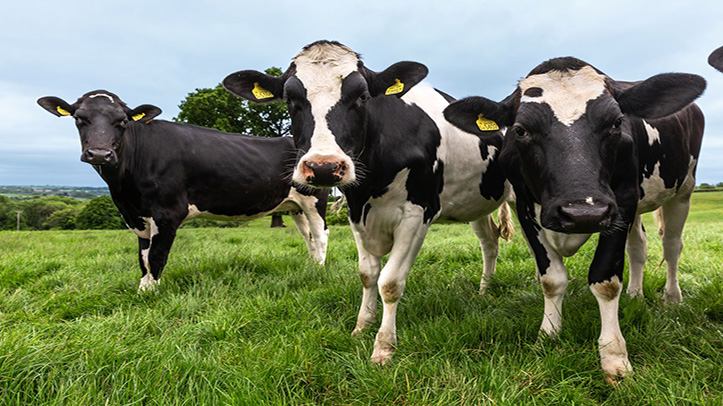With the first heatwave of the summer seeing temperatures top 30°C in parts of the country, and predictions that we can expect more of the same over the coming months, dairy producers are being reminded of the risks of heat stress in cows, and the potential significant impacts on health, performance and fertility.
“In the UK temperatures tend to fluctuate and top in the 30s, but even with these fluctuations, humidity tends to remain above 60% from April all the way through to October, meaning that heat stress remains a risk even at more moderate temperatures,” said KW Feeds ruminant technical manager, Charlotte Ward.
“While we have seen extremes in the early part of June and can expect more, it must therefore not be forgotten that cattle can be affected by heat stress at far lower temperatures than those recently experienced.”
Ms Ward added: “Crucially, fertility can be affected well before cows show any behaviour of heat stress, or before production is impacted.”
She advised to take precautionary steps to minimise the risks, preparing five ‘top tips’ to help guide the dairy farmer.
Provide adequate drinking water
At least 15% of the herd should be able to drink at the same time, so allow for adequate trough space. Also, check refresh rates and watch cows in the afternoon when water points are under pressure. Cows drink between 60-120 litres per cow, per day, so provide fresh, clean water to encourage intakes.
Apply careful herd management
Reduce stocking density where possible and make sure shading is available for grazing animals. Consider grazing at night.
Adopt building management procedures
Opening vents or shed sides can improve ventilation, being sure to clear away anything blocking airflow. Carefully consider the placement of fans.
Adjust feed management
Mix rations just before feeding out, so feed is always fresh. Adjust volumes if required and clear away refusals. For housed cows, feed 60% of the ration between 8pm and 8am.
Change ration formulations
Dry matter intake is reduced in periods of heat stress, so to maintain the cow’s nutrient intake, the nutrient density of the diet needs to be increased, and the ration made as palatable as possible.
Planned ration formulations
KW advises feeding high quality forages or high energy forage replacers, and to feed a greater ratio of concentrates to forage, as part of a carefully planned ration formulation.
“Forage produces seven times more heat than concentrates, so feed a greater ratio of concentrates to forage” explained Ms Ward, “but ensure a good quality digestible fibre source such as sugar beet feed or soya hulls is fed to maintain rumen health.”


